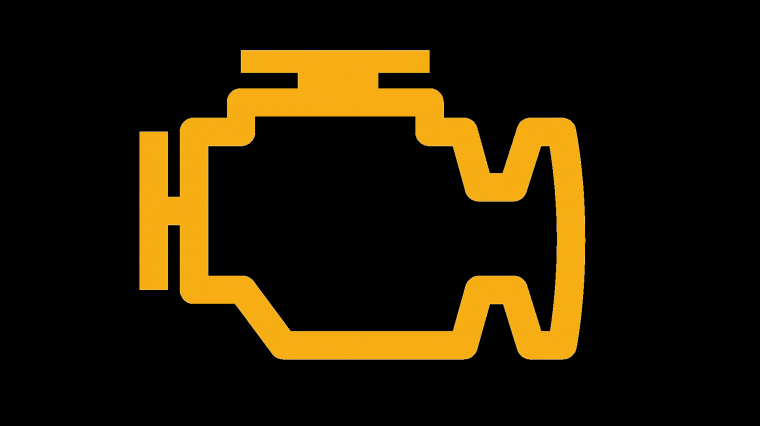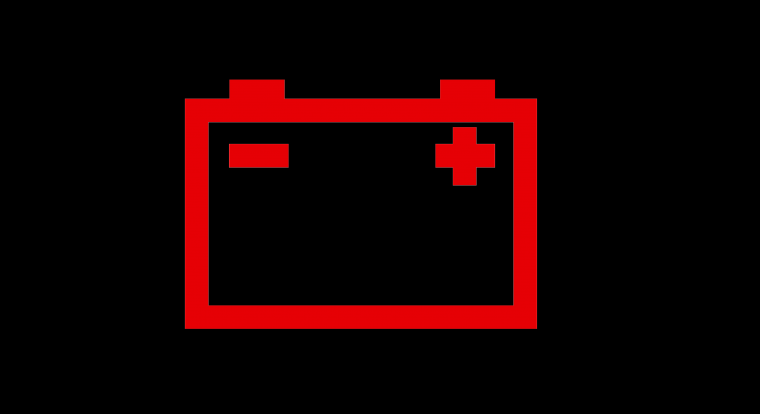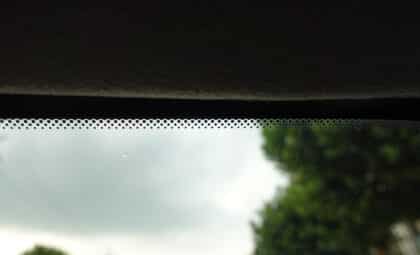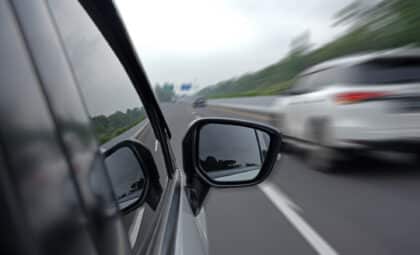Unless you’ve memorized your car’s owner’s manual, you’ve probably been confused by a light or two on your dashboard. They’re not always the most straightforward warnings, and our minds usually jump to the worst possible conclusion: the car is falling apart and it’s going to cost thousands of dollars to repair.
Before you panic, you should know that a lot of the lights on the dashboard don’t even require a visit to the dealership. In fact, a handful of them are just alerts and not serious malfunctions. But it’s important to approach any light on the dashboard cautiously in case it’s something more serious.
To help you determine the severity of your alerts, here are a few common lights you might see on your dashboard. If you’re ever unsure about a specific light on your dashboard, be sure to consult your owner’s manual.

This is one of the more serious lights you want to look out for on your dashboard. This light could mean a variety of things, but it pops on when the engine computer has triggered the Diagnostic Trouble Code (DTC). In other words, a professional mechanic needs to take a look at the internal computer to see what’s going on.

This light is to let you know there is a problem with the battery and/or charging system. The light indicates your vehicle’s voltage level is low; your battery might not be dead, but it may not be holding a full charge. Take your car in to a specialist if this light comes on.

No worries here – unless you’re in the middle of nowhere without a gas station in sight. This light just means you are low on fuel and you should look for the closest gas station. However, you should always try to fill up your tank before this light comes on so you don’t end up stuck somewhere.
Photo: Hydrargyrum
This light is an alert from your Tire Pressure Monitoring System. It simply means that you should check your tire pressure. This light often pops on with sudden changes in outside temperature, since you need more air in your tires during the colder months. However, if you’re not experiencing a change in temperature, there may be a leak in your tire. Either way, make sure you check your tire pressure when this light comes on.
Sources: AutoZone, Toyota
The News Wheel is a digital auto magazine providing readers with a fresh perspective on the latest car news. We’re located in the heart of America (Dayton, Ohio) and our goal is to deliver an entertaining and informative perspective on what’s trending in the automotive world. See more articles from The News Wheel.










